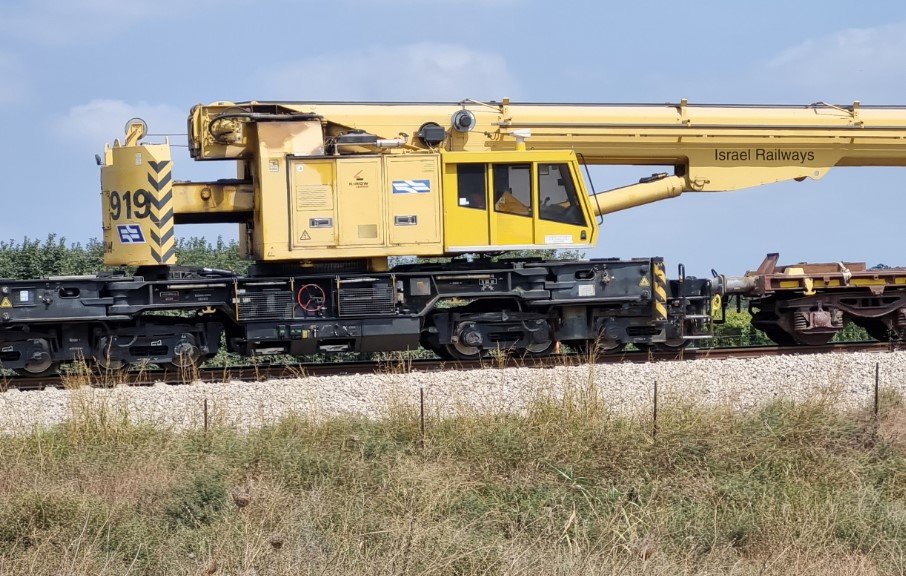Transportation Minister Miri Regev recently announced major railway plans, but experts call for shifting funds to boost jobs and services in the Negev and Galilee. This debate highlights a growing push to strengthen regional hubs instead of focusing on links to Tel Aviv.
In a bold move, Israel is rethinking how to spend billions on transport. On September 2, 2025, an opinion piece in a major newspaper sparked fresh talks about investing in the Negev and Galilee rather than building more railways to the crowded center. The writer argues that true progress means creating strong local economies, not just faster trips to Tel Aviv.
Recent Railway Plans Spark Debate
Miri Regev, Israel’s Transportation Minister, shared exciting updates at a news conference. She highlighted the launch of a railway from Kiryat Shmona to Tel Aviv and progress on a line from Dimona to Eilat. These projects promise to connect the north and south more efficiently.
Experts estimate these railways could take over a decade to finish and cost billions of shekels. The government sees them as a way to ease traffic and boost the economy. Yet, critics question if this approach ignores real needs in outlying areas.
Prime Minister Benjamin Netanyahu has backed similar ideas in the past. He unveiled a massive rail expansion in 2023, aiming for 300 kilometers of new lines from Kiryat Shmona to Eilat. Some plans even suggest links to Saudi Arabia for trade benefits.

Public response has been mixed. Social media posts show excitement about better connections, but many users point out ongoing issues like poor local services in the north and south.
Call to Invest in Regional Strength
The opinion piece by Jehuda Haddad urges a change in focus. He says Israel has spent millions on paths to the center, while neglecting local transport in the Negev and Galilee. Instead, funds should go to jobs, schools, and health care in cities like Beersheba and Kiryat Shmona.
This view aligns with broader trends. For years, leaders have talked about reducing gaps between regions. A 2025 government plan for the Galilee and Golan Heights includes 3.9 billion shekels over five years for communities there.
Haddad argues that building up these areas as anchors would cut down on long commutes. People waste hours driving to Gush Dan for work, which hurts productivity and quality of life.
Recent data supports this. In 2025, unemployment in the Negev stands at around 6 percent, higher than the national average of 4 percent. Better local investments could create thousands of jobs in tech and manufacturing.
Benefits of Shifting Funds to Periphery
Focusing on the Negev and Galilee could bring real change. Experts say it would lead to balanced growth across Israel. Strong regional centers mean less strain on Tel Aviv’s roads and trains.
Here are key advantages:
- More local jobs in education and health, reducing the need for daily travel.
- Improved public transport within regions, like better buses and light rails.
- Economic boost from attracting businesses to underserved areas.
This approach could also help with housing. High costs in the center push people out, but stronger peripheries offer affordable options with good services.
A 2025 report from a transport think tank shows that regional investments yield higher returns. For every shekel spent locally, the economy gains more than from central projects.
Challenges in Current Transport Strategy
Israel’s current plans face hurdles. Traffic in the center remains a nightmare, with hours lost in jams daily. Efforts like light rails and shared lanes help, but they do not fix issues in the north and south.
The state has poured funds into highways and rails to Tel Aviv, yet peripheries lack basic links. For example, many Galilee towns have limited bus services, forcing car dependence.
Critics like Haddad call this a flawed mindset. Labeling areas as peripheries reinforces the idea that the center is most important. Breaking this pattern requires bold policy shifts.
Budget constraints add pressure. With projects costing up to 100 billion shekels, choices matter. Delays in rail construction, often due to funding or planning, have plagued past efforts.
| Project | Estimated Cost (Billion Shekels) | Timeline | Region Impacted |
|---|---|---|---|
| Kiryat Shmona to Tel Aviv Rail | 50 | 10-12 years | North to Center |
| Dimona to Eilat Line | 30 | 12+ years | South |
| Galilee Development Plan | 3.9 | 2025-2029 | North |
| Negev Infrastructure Boost | 20 (proposed) | Ongoing | South |
This table shows a mix of central and regional spending, but experts push for more balance.
Looking Ahead to Balanced Development
As Israel grows, the debate over investments will shape its future. Shifting focus to the Negev and Galilee could create thriving regions that support the whole country. Leaders must weigh quick fixes against long-term gains.
In 2025, with economic pressures rising, this topic stays hot. Public input and studies will guide decisions. For now, voices like Haddad’s remind us that real care means building up all areas, not just connecting them to one spot.
What do you think about prioritizing regional growth? Share your views in the comments and spread the word to keep the conversation going.
